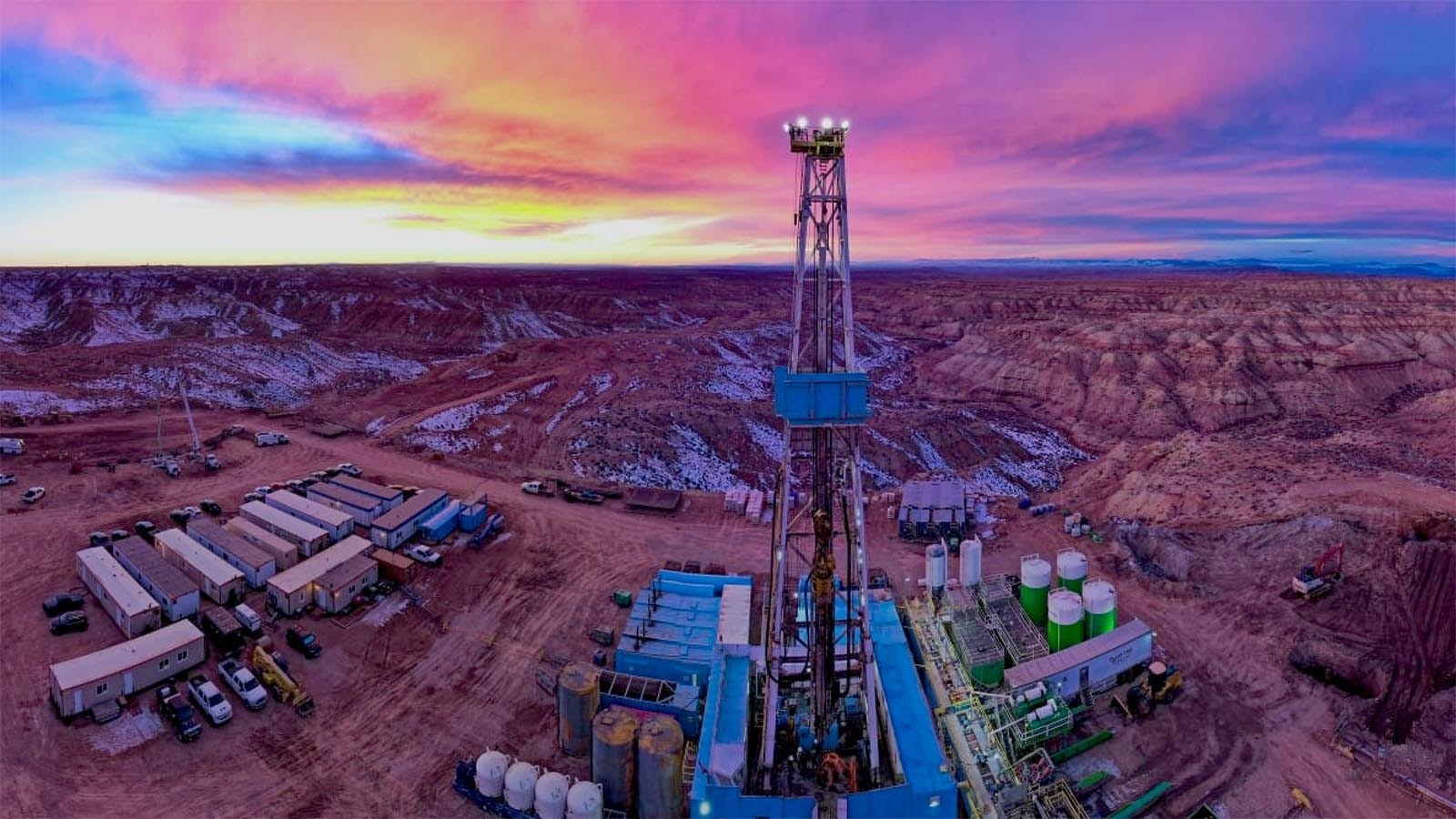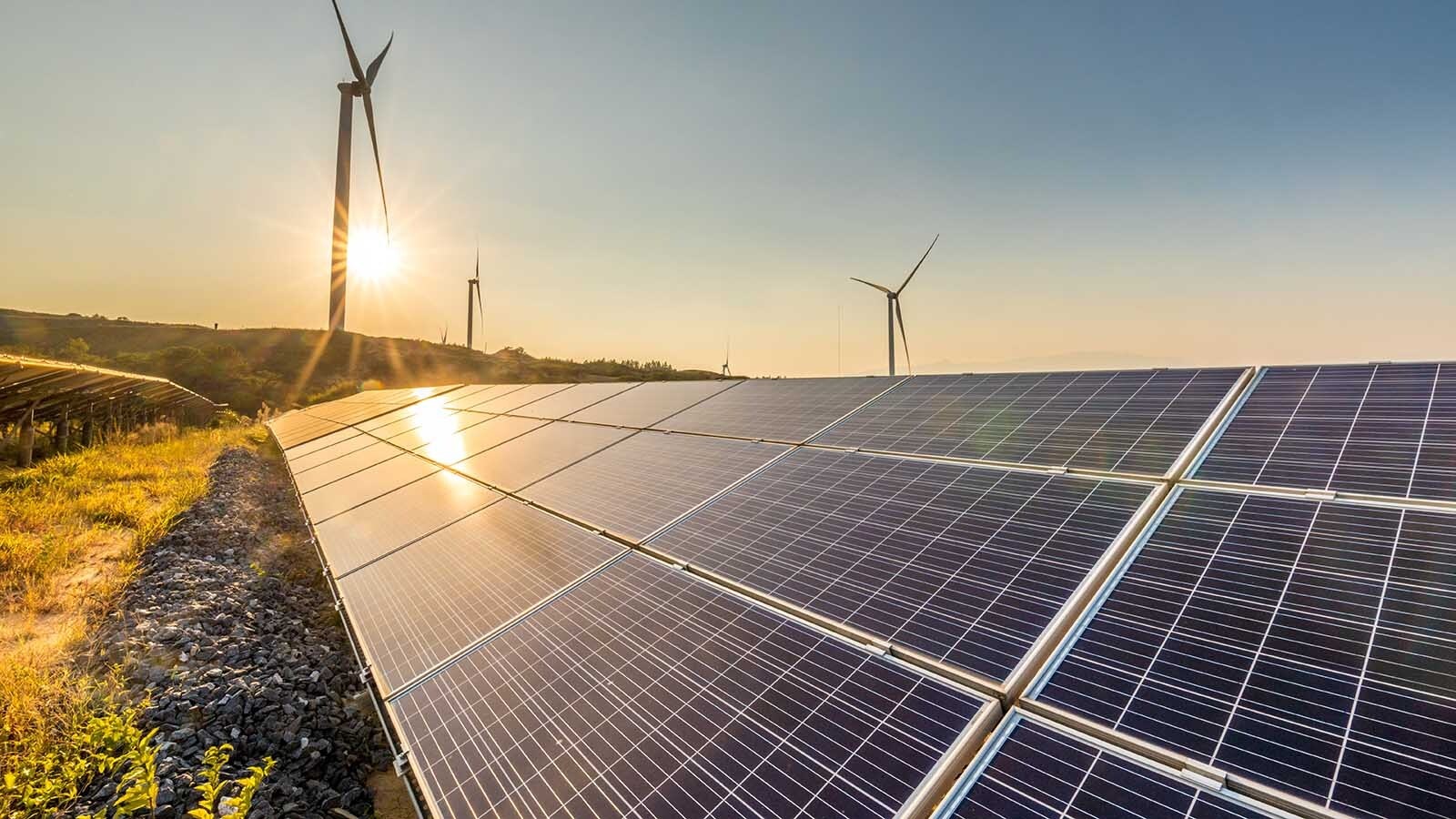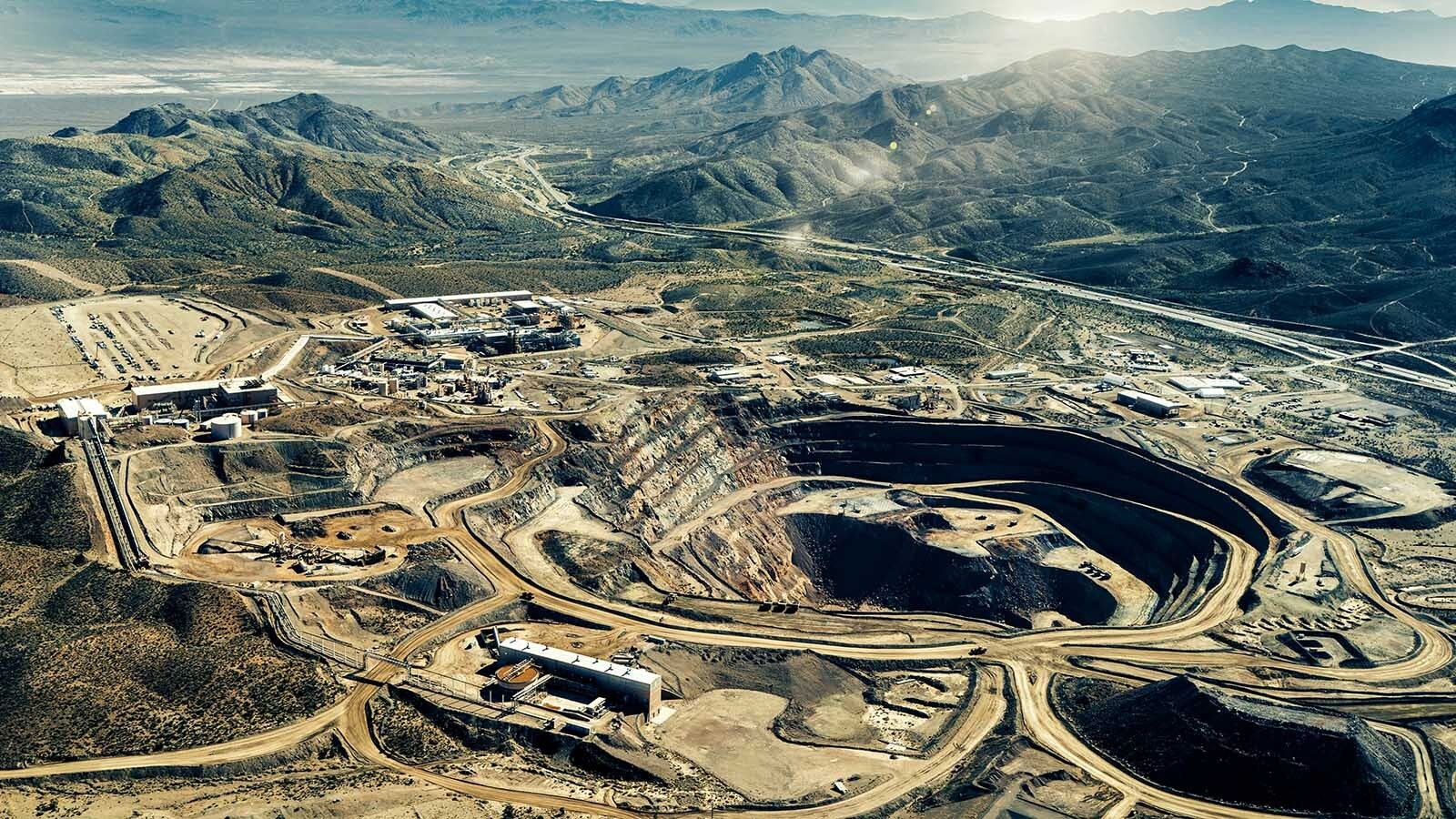The U.S. Environmental Protection Agency is proposing to swap Wyoming’s emission standards for its own more stringent rules because of Wyoming’s contribution to Denver pollution.
The EPA, in an April 6 report, said Wyoming contributes up to 0.8 parts per billion to the Denver-Chatfield area “smog” — just more than 1%.
As a result, the agency wants to enact its “Good Neighbor” mandates that would allow it to place tougher greenhouse gas restrictions on Wyoming and several other states which contribute 1% or more to ozone pollution in “downwind” states.
The EPA early this month deemed the Denver-Chatfield area a “severe” violator of federal ozone, or smog, standards – a downgrade from its prior status of “serious” violation.
Ground ozone, a bonding of three oxygen molecules, is considered a pollutant and, according to the EPA, can harm humans and the environment.
Some of Colorado’s heavy smog, the EPA declared this month, wafted in on Wyoming winds.
‘Good Neighbor’ Mandates
The Denver-Chatfield area’s poor grade came just weeks after the EPA in March announced its revival of stringent air quality limitations from 2015.
The stricter standards also brought back the “Good Neighbor” mandates – an EPA bid to place tougher greenhouse-gas restrictions on Wyoming and several other states.
Pending a comment period that ends June 6, Wyoming may be required to limit emissions from its power plants and industrial manufacturing sites.
Coal-fired power plants, trona operations, and natural gas pipelines all were identified by Gov. Mark Gordon as “targets” of the EPA policy.
California Sends More Smog
According to 2020 data from an EPA monitoring device located in the Denver-Chatfield area, Wyoming’s wind is projected next year to contribute about 0.81 parts per billion – just over the “Good Neighbor” threshold of 0.7 ppb.
Colorado’s other two receptors registered about 0.4 parts per billion, or 0.6% of its total smog as Wyoming-made.
Wyoming’s projected contributions to other states – Texas, Wisconsin, Illinois, Pennsylvania, Utah and Connecticut – were negligible in comparison to its influence on Colorado.
In the same projection, California was expected nearly to double Wyoming’s chemical share of Colorado’s smog by contributing about 3 parts per billion to Colorado.
California also is expected to export about 40 times Wyoming’s ozone-chemical output nationwide, with 34 ppb total ozone-chemicals export.
Predictions for 2023 show Colorado making most of its own ozone pollutants, getting just 7% of them from upwind sources.
Federal, Not State Implementation
Gov. Mark Gordon in a March statement called the “Good Neighbor” mandate an “attack on state-led approaches” moving “more authority away from the people to Washington, DC.”
Gordon also said the plan targets Wyoming and other Western energy-producing states, and seeks to penalize their energy industries.
“It will harm states like Wyoming who meet ozone standards and benefit more populous states that use our energy but do not meet their own standards,” Gordon continued. “EPA’s proposal does not ‘follow the science’ or the law and will unjustly discriminate against Wyoming industries.”
Gordon said he would work “aggressively” to combat the plan.
When EPA announced the mandate, it claimed that the restrictions on both problem states and their upwind neighbors could prevent about 1,000 premature deaths and avoid more than 2,000 hospital and emergency room visits, 1.3 million cases of asthma symptoms, and 470,000 school absence days.





